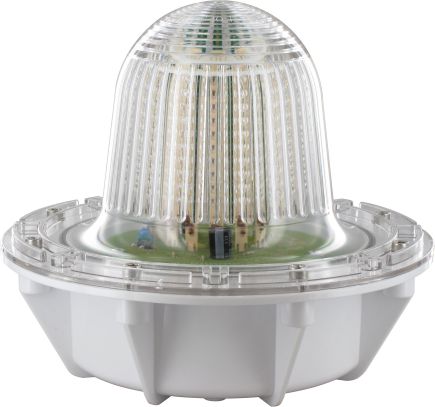
Aircraft warning signals make tall structures more visible for pilots both during the day and at night, for safety purposes. These devices prevent accidents in the air, on land, and even at sea, thus ensures safety for the passengers and other cargos. They must be under national and international regulations to be sure of their effectiveness.
ICAO Regulation Explained
The International Civil Aviation Organization, also referred to as ICAO, is an agency responsible for international air navigation.They ensure orderly and safe flights by improving international air transport.
ICAO is also in charge of the protocols on aviation programs to promote transport safety by following the authorities.They provide techniques for the growth of international air transport, as well as principles for air travel.
Other air navigation concerns such as border-crossing, flight inspection, and even unlawful actions are dealt with by the ICAO.
The ICAO also defines the specifications and guidelines to the requirements of aircraft warning lights or signals to be installed on tall structures for the sake of public safety.
Aircraft Warning Signals
These specific lights come in all shapes and sizes, and there are several options available to help in minimising danger within the aircraft industry. They commonly exist on buildings or huge infrastructures to alert planes from possible collisions.
Aircraft signalling devices can come with various light intensities, depending on your needs, and are also known as Obstruction Lights within the industry.
These safety devices for flying aircraft have required no particular standard in terms of installation and design requirements. But in other nations like the United Kingdom, a strict governing body regulates such things this is the ICAO.
ICAO Standards For Aircraft Warning Devices
The ICAO sets detailed parameters to say whether an aircraft warning device has a good value and is suitable for the application. It includes light intensity, light colour, beam pattern, and even flash rates. Having an idea about those factors will help you out in choosing the best beacon device for aircraft safety.
Here is a brief explanation of ICAO standards in connection to aircraft warning devices:
Light Intensity
Aircraft warning signals are classified into three light intensities, from a low, medium, and high-intensity warning level.
The light intensity of a warning signal will depend on the specific height of the aircraft above the ground. Low-intensity warning signals are designed for a particular height lower than 45-meters while beyond the range requires the use of medium intensity warning signals. For taller structures exceeding 150-meters, a high light intensity is required.
Light Colour
Low-intensity warning lights are usually in red while medium and high-intensity lights may come in red or white colour.
The light colour will depend on the types of lamps used as mentioned earlier.
Beam Pattern
There are fixed lights and flashing lights as patterns used by aircraft warning devices. The fixed light pattern is commonly practiced on medium intensity signals with type C lamp which is mainly used on vehicles. On the other hand, the flashing light pattern is intended for high-intensity signals.
Final Thoughts
For aircraft warning signals to be called safe for air travels, an approval by the ICAO must be gained. The above qualifications should be met by a particular warning signal for aviation to discourage plane accidents. And beacon technology conforms to ICAO to give comfort to the aviation industry.
